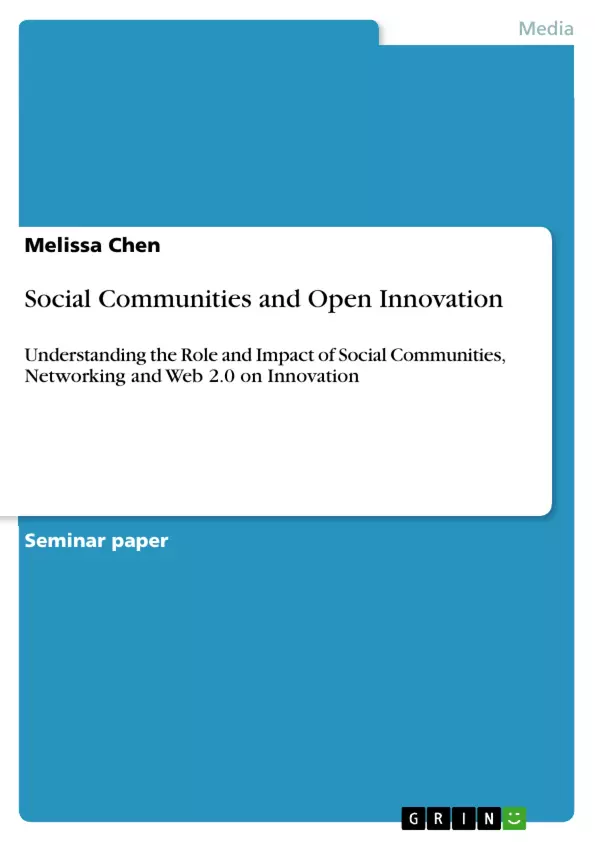“Innovation is the specific instrument of entrepreneurship. The act that endows
resources with a new capacity to create wealth” states Peter F. Drucker.
Innovation is the introduction of new things, ideas or ways of doing something
according to the Oxford Advanced Learner’s Dictionary. But if we go deeply into its
meaning, innovating is not only creating something new but rather creating something
new that is made useful for people (McKeown, 2008). Innovation is a positive change
that can be reflected in new products, services, processes and even business models.
There is a very important difference between an innovation and an invention. An
invention is the process of concreting an idea and turning it into reality, which can be a
product. Nevertheless this product will be an innovation only if it fulfils the demands of
a specific market and creates value for the consumers. In other words, an innovation is
the commercialization of an invention.
Once having understood the importance of innovation this paper will take you through
the different sources of innovation and the open innovation model, so it makes it easier
to follow the relation and the influence social communities have on them.
To give a background for the content of this paper it is important that some concepts are
understood. For starters, Web 2.0 is the interactive and collaborative Internet, where
people not only can download applications and read information online, but rather
upload files and share things in a dual way of communication with other people online.
People interact with other users and can give their opinion on everything whenever they
want to. It is through social communities that people interact mainly with each other by
writing, commenting and sharing posts, comments, articles, photos, videos and
applications among other things.
Inhaltsverzeichnis (Table of Contents)
- Introduction
- Why is Innovation so important?
- Types of Innovation
- Sources of Innovation
- Open Innovation
Zielsetzung und Themenschwerpunkte (Objectives and Key Themes)
This paper explores the role of social communities, networking, and Web 2.0 in the innovation process. It aims to provide an overview of different sources of innovation, introduce the concept of open innovation, and demonstrate how social communities can impact both traditional and open innovation models. The paper also aims to guide companies on incorporating these concepts into their strategies.
- Importance of innovation in a dynamic market
- Sources of innovation, both internal and external
- Open innovation model and its contrast to traditional approaches
- Role of social communities in fostering innovation
- Impact of social communities on the innovation process
Zusammenfassung der Kapitel (Chapter Summaries)
The paper starts by defining innovation and outlining its importance in a constantly evolving market. It discusses various types of innovation, including incremental, market, technological, and radical innovation. The paper then explores the sources of innovation, highlighting seven key sources identified by Peter F. Drucker. The role of social communities as a source of innovation is emphasized, citing how users can collaborate to solve problems and generate new ideas. The paper concludes by introducing the concept of open innovation, contrasting it with traditional closed innovation models and discussing how companies can leverage external ideas and internal knowledge to foster innovation.
Schlüsselwörter (Keywords)
The paper focuses on the keywords: Web 2.0, social communities, networking, open innovation, innovation, and sources of innovation. It examines the impact of these concepts on the innovation process and provides insights into how companies can benefit from their integration.
- Quote paper
- Melissa Chen (Author), 2010, Social Communities and Open Innovation, Munich, GRIN Verlag, https://www.grin.com/document/214537



